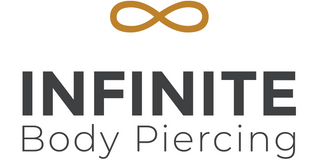
As the name implies, foreskin piercings pass through the foreskin of the penis. While some genital piercings have specific anatomical requirements, the only requirement for a male to obtain this piercing is that they have foreskin (i.e. are uncircumcised).
That said, foreskin piercings can be done singly or in multiples. (Multiple foreskin piercings can sometimes be used for infibulation, but it’s best to wait for the piercings to be fully healed first.) The pain of this piercing tends to be minimal, and healing is relatively easier—usually taking no more than eight to ten weeks. 10 gauge captive bead rings are best suited for initial piercings; anything thinner may not stand up to the abuse of even moderate sexual activity, and anything thicker could be too heavy on a fresh piercing. While this piercing is very easy to stretch once healed, keep in mind that rings that are too large can make sexual activity difficult.
